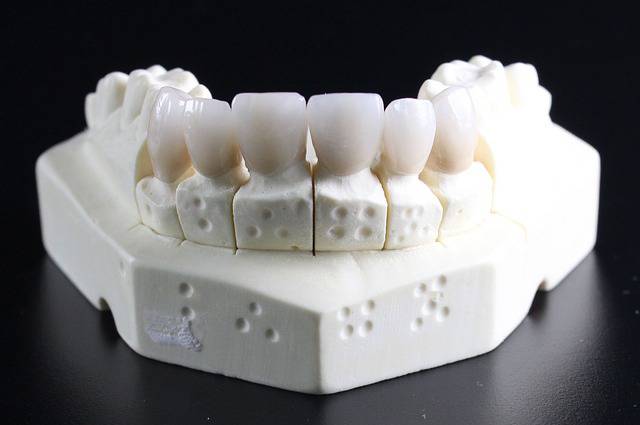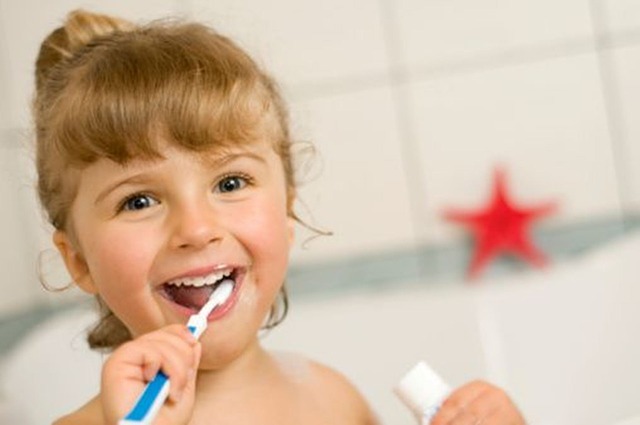How Many Times to Brush in Day

Dental hygiene is a cornerstone of overall health, and brushing your teeth is a fundamental aspect of maintaining good oral hygiene. But just how many times a day should you brush your teeth? This seemingly simple question often sparks debates among dental professionals and individuals striving for optimal oral health. In this comprehensive guide, we'll delve into the factors influencing brushing frequency, explore the ideal brushing regimen, and debunk common myths surrounding dental care.
The Importance of Brushing:
Before diving into the specifics of brushing frequency, it's crucial to understand why brushing your teeth is so essential. The primary purpose of brushing is to remove plaque—a sticky film of bacteria that forms on the teeth. When left unchecked, plaque can lead to various dental problems, including cavities, gum disease, and bad breath. By brushing regularly, you not only remove plaque but also prevent its buildup, thereby reducing the risk of oral health issues.
Factors Influencing Brushing Frequency:
Determining how many times a day you should brush your teeth isn't a one-size-fits-all proposition. Several factors influence the ideal brushing frequency, including:
- Personal Oral Hygiene Habits: Individuals with impeccable oral hygiene habits may require less frequent brushing than those who are prone to plaque buildup.
- Diet and Lifestyle: Consuming sugary or acidic foods and beverages can increase the risk of tooth decay, necessitating more frequent brushing.
- Oral Health Conditions: Certain oral health conditions, such as gum disease or dry mouth, may require more frequent brushing to manage symptoms and prevent complications.
- Dental History: Individuals with a history of dental issues, such as cavities or gum disease, may benefit from brushing more frequently to maintain optimal oral health.
- Dental Recommendations: Dentists may recommend specific brushing regimens based on an individual's oral health status, including the frequency of brushing.
Ideal Brushing Regimen:
While individual circumstances may vary, the American Dental Association (ADA) recommends brushing your teeth twice a day for two minutes each time. This standard brushing regimen helps ensure thorough plaque removal and promotes overall oral health. Here's a breakdown of the ADA-recommended brushing regimen:
- Brush Twice a Day: Brush your teeth in the morning after breakfast and again before bedtime. This routine helps remove plaque that accumulates throughout the day and overnight.
- Use Fluoride Toothpaste: Choose a fluoride toothpaste to help strengthen tooth enamel and protect against decay.
- Brush for Two Minutes: Aim to brush your teeth for a full two minutes each time to ensure thorough cleaning of all tooth surfaces.
- Use Proper Technique: Use a soft-bristled toothbrush and gentle, circular motions to clean the front, back, and chewing surfaces of your teeth. Pay special attention to areas where plaque tends to accumulate, such as along the gumline and between teeth.
- Replace Your Toothbrush Regularly: Replace your toothbrush or toothbrush head every three to four months, or sooner if the bristles become frayed.
Debunking Common Myths:
Despite the wealth of information available on dental care, several myths persist regarding brushing frequency and oral hygiene. Let's debunk some of the most common misconceptions:
- More Brushing Is Always Better: While brushing your teeth is crucial for oral health, excessive brushing can damage tooth enamel and irritate the gums. Stick to the ADA-recommended brushing regimen to avoid overdoing it.
- Brushing Immediately After Eating Is Necessary: While it's essential to brush after meals to remove food particles and plaque, waiting at least 30 minutes after eating is ideal. This allows saliva to neutralize acids in the mouth and remineralize tooth enamel, reducing the risk of enamel erosion.
- Harder Bristles Clean Better: Contrary to popular belief, using a toothbrush with hard bristles can damage tooth enamel and irritate the gums. Opt for a toothbrush with soft bristles, which are gentle yet effective at removing plaque.
- Mouthwash Can Replace Brushing: Mouthwash can be a valuable addition to your oral hygiene routine, but it should not replace brushing. Mouthwash primarily targets bacteria in the mouth and may not effectively remove plaque or food debris from tooth surfaces.
- Brushing Longer Equals Cleaner Teeth: While brushing for two minutes is recommended for thorough plaque removal, brushing for longer periods does not necessarily lead to cleaner teeth. Focus on using proper technique and reaching all tooth surfaces rather than prolonging brushing time unnecessarily.
Conclusion:
Maintaining good oral hygiene is essential for overall health and well-being, and brushing your teeth is a cornerstone of effective dental care. By following the ADA-recommended brushing regimen of brushing twice a day for two minutes each time, using fluoride toothpaste, and practicing proper brushing technique, you can help prevent dental problems and enjoy a healthy smile for years to come. Remember that individual brushing needs may vary based on factors such as diet, lifestyle, and oral health status, so consult with your dentist to determine the best brushing regimen for you.
Frequently Asked Questions about How Many Times to Brush in Day
-
How many times a day should I brush my teeth?
The American Dental Association (ADA) recommends brushing your teeth twice a day, ideally after breakfast and before bedtime. This regimen helps remove plaque buildup and maintains optimal oral hygiene. -
Is it necessary to brush my teeth for two minutes each time?
Yes, brushing your teeth for two minutes ensures thorough plaque removal and helps prevent dental issues such as cavities and gum disease. Using a timer or an electric toothbrush with a built-in timer can help you achieve the recommended brushing duration. -
Can I brush my teeth immediately after eating?
It's best to wait at least 30 minutes after eating before brushing your teeth. This allows saliva to neutralize acids in the mouth and remineralize tooth enamel, reducing the risk of enamel erosion. However, if you consume acidic foods or beverages, rinsing your mouth with water immediately after eating can help minimize acid exposure. -
Should I use a mouthwash in addition to brushing?
Mouthwash can be a valuable addition to your oral hygiene routine, but it should not replace brushing. Mouthwash primarily targets bacteria in the mouth and can freshen breath, but it may not effectively remove plaque or food debris from tooth surfaces. Use mouthwash as directed by your dentist and in conjunction with regular brushing and flossing for optimal results. -
How often should I replace my toothbrush?
It's recommended to replace your toothbrush or toothbrush head every three to four months, or sooner if the bristles become frayed. Worn-out toothbrushes are less effective at removing plaque and can harbor bacteria, potentially compromising oral hygiene. By replacing your toothbrush regularly, you ensure optimal cleaning power and maintain good oral health.





